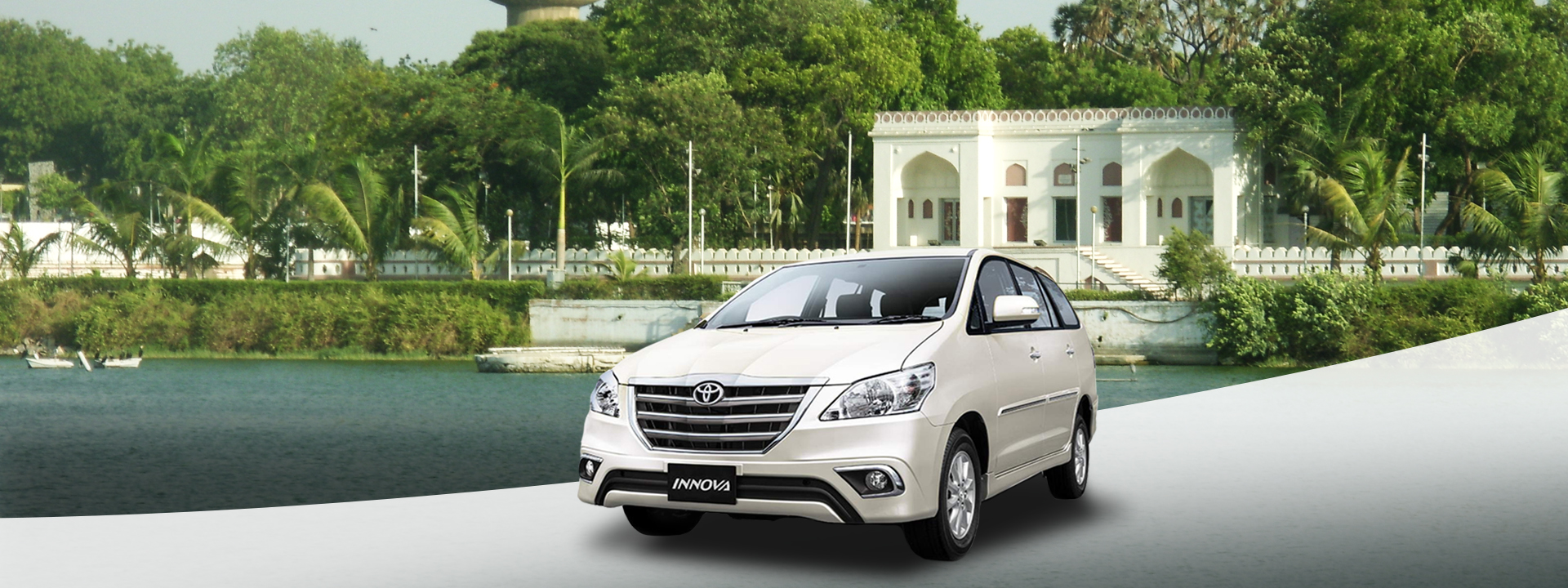
Northern City Highlights
The tour focuses on the places like most famous stepwell, biggest Jain temple of Ahmedabad and the famous Gandhi Ashram.
Options
Northern City Highlights
What's included in Northern City Highlights
(Subject to Option Inclusions)Itinerary
The temple was built 150 years ago in 1848 A.D. by artisans who came to Gujarat in search of work. Sheth Hutheesingh dreamt of building a large temple for which he started preliminary building activities but he died and later the task was taken over by his wife harkuvarba. It was built as a dedication to 15 tirthankars. The main temple has 11 deities, 6 in basement and 5 in a shelter. The main shrine lies on the east and temple is covered with a big dome supported by 12 carved pillars. In addition there are 52 shrines (devakulikas), each decorated with an image of a tirthankar. The front is delicately ornamented by a 'dome' shaped structure.
Gandhi Ashram
When Gandhiji returned from South Africa, he started First Ashram in India at Kochrab area on 25 May 1915. The Ashram was then shifted on 17 June 1917 on the banks of the river Sabarmati today knows as Gandhi Ashram; also known has Sabarmati Ashram or Satyagrah ashram was built in 1915. Gandhiji along with his wife and other freedom ghters lived here from 1917- 1930. Mythological it is said it was the ashram site of Dadhichi Rishi who had donated his bones here for a righteous war. The well-known Salt March (Dandi Yatra) started in 1930 from the Sabarmati Ashram. It began from 12 March 1930 from the Ashram (with 78 companions) and ended on 6 April 1930 where he marched 390 kilometers in protest of the British Salt Law.
The factory transforms the scraps of waste cotton into paper, which was one of the cottage industries introduced by Gandhi. No chemicals are used in the process of transforming the cotton into paper in this factory. The factory is approved by Gujarat state Khadi Gramodyog Board. The artistic different product variety is available at the store like invitation card, wedding card, filter paper, bond paper, paper bag, photo frames and many more.
Inclusions
- Air-conditioned vehicle
- Public transportation options are available nearby
- Infants are required to sit on an adult’s lap
- Not recommended for pregnant travelers
- Not recommended for travelers with poor cardiovascular health
- Suitable for all physical fitness levels
Meet
Pickup and Dropoff
You will make your own way to the meeting points
Meeting / End Points
- Opp. Sidi Saiyad Mosque






